Susan Ewing - Resurrecting the Shark: A Scientific Obsession and the Mavericks Who Solved the Mystery of a 270-Million-Year-Old Fossil
Here you can read online Susan Ewing - Resurrecting the Shark: A Scientific Obsession and the Mavericks Who Solved the Mystery of a 270-Million-Year-Old Fossil full text of the book (entire story) in english for free. Download pdf and epub, get meaning, cover and reviews about this ebook. year: 2017, publisher: Pegasus Books, genre: Non-fiction. Description of the work, (preface) as well as reviews are available. Best literature library LitArk.com created for fans of good reading and offers a wide selection of genres:
Romance novel
Science fiction
Adventure
Detective
Science
History
Home and family
Prose
Art
Politics
Computer
Non-fiction
Religion
Business
Children
Humor
Choose a favorite category and find really read worthwhile books. Enjoy immersion in the world of imagination, feel the emotions of the characters or learn something new for yourself, make an fascinating discovery.
- Book:Resurrecting the Shark: A Scientific Obsession and the Mavericks Who Solved the Mystery of a 270-Million-Year-Old Fossil
- Author:
- Publisher:Pegasus Books
- Genre:
- Year:2017
- Rating:4 / 5
- Favourites:Add to favourites
- Your mark:
Resurrecting the Shark: A Scientific Obsession and the Mavericks Who Solved the Mystery of a 270-Million-Year-Old Fossil: summary, description and annotation
We offer to read an annotation, description, summary or preface (depends on what the author of the book "Resurrecting the Shark: A Scientific Obsession and the Mavericks Who Solved the Mystery of a 270-Million-Year-Old Fossil" wrote himself). If you haven't found the necessary information about the book — write in the comments, we will try to find it.
A prehistoric mystery. A fossil so mesmerizing that it boggled the minds of scientists for more than a centuryuntil a motley crew of modern day shark fanatics decided to try to bring the monster-predator back to life.
In 1993, Alaskan artist and paleo-shark enthusiast Ray Troll stumbled upon the weirdest fossil he had ever seena platter-sized spiral of tightly wound shark teeth. This chance encounter in the basement of the Natural History Museum of Los Angeles County sparked Trolls obsession with Helicoprion, a mysterious monster from deep time.
In 2010, tattooed undergraduate student and returning Iraq War veteran Jesse Pruitt became seriously smitten with a Helicoprion fossil in a museum basement in Idaho. These two bizarre-shark disciples found each other, and an unconventional band of collaborators grew serendipitously around them, determined to solve the puzzle of the mysterious tooth whorl once and for all.
Helicoprion was a Paleozoic chondrichthyan about the size of a modern great white shark, with a circular saw of teeth centered in its lower jawa feature unseen in the shark world before or since. For some ten million years, long before the Age of Dinosaurs, Helicoprion patrolled the shallow seas around the supercontinent Pangaea as the apex predator of its time.
Just a few tumultuous years after Pruitt and Troll met, imagination, passion, scientific process, and state-of-the-art technology merged into an unstoppable force that reanimated the remarkable creatureand made important new discoveries.
In this groundbreaking book, Susan Ewing reveals these revolutionary insights into what Helicoprion looked like and how the tooth whorl functionedpushing this dazzling and awe-inspiring beast into the spotlight of modern science.
24 pages of color illustrationsSusan Ewing: author's other books
Who wrote Resurrecting the Shark: A Scientific Obsession and the Mavericks Who Solved the Mystery of a 270-Million-Year-Old Fossil? Find out the surname, the name of the author of the book and a list of all author's works by series.

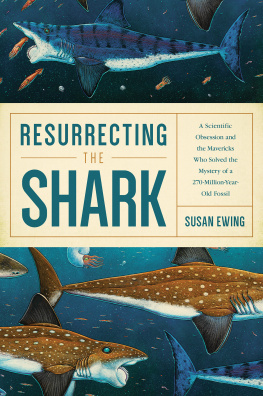

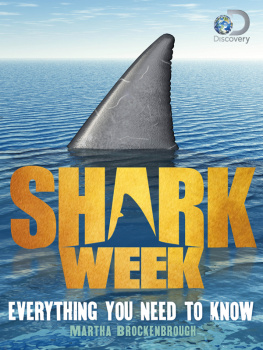

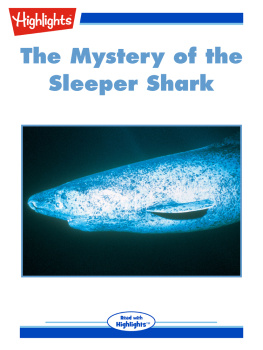

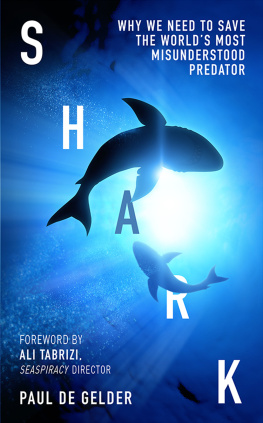

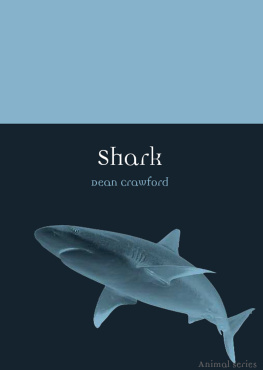


 THE
THE 
